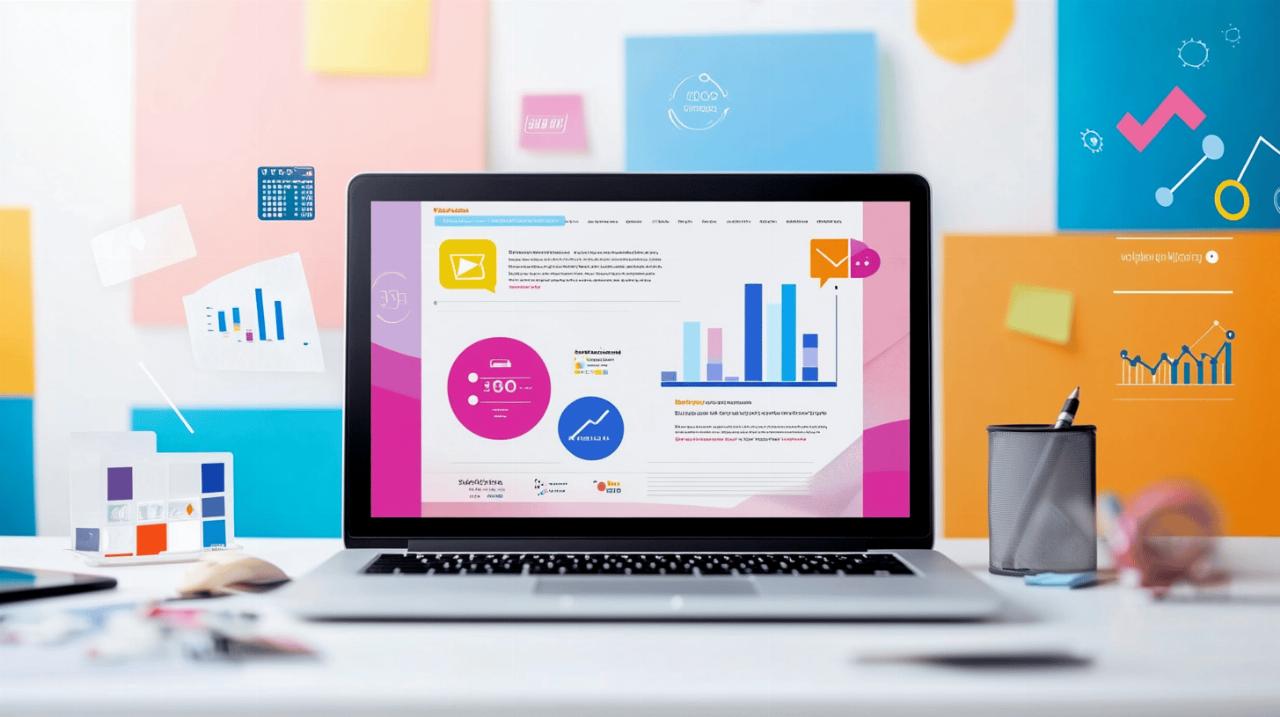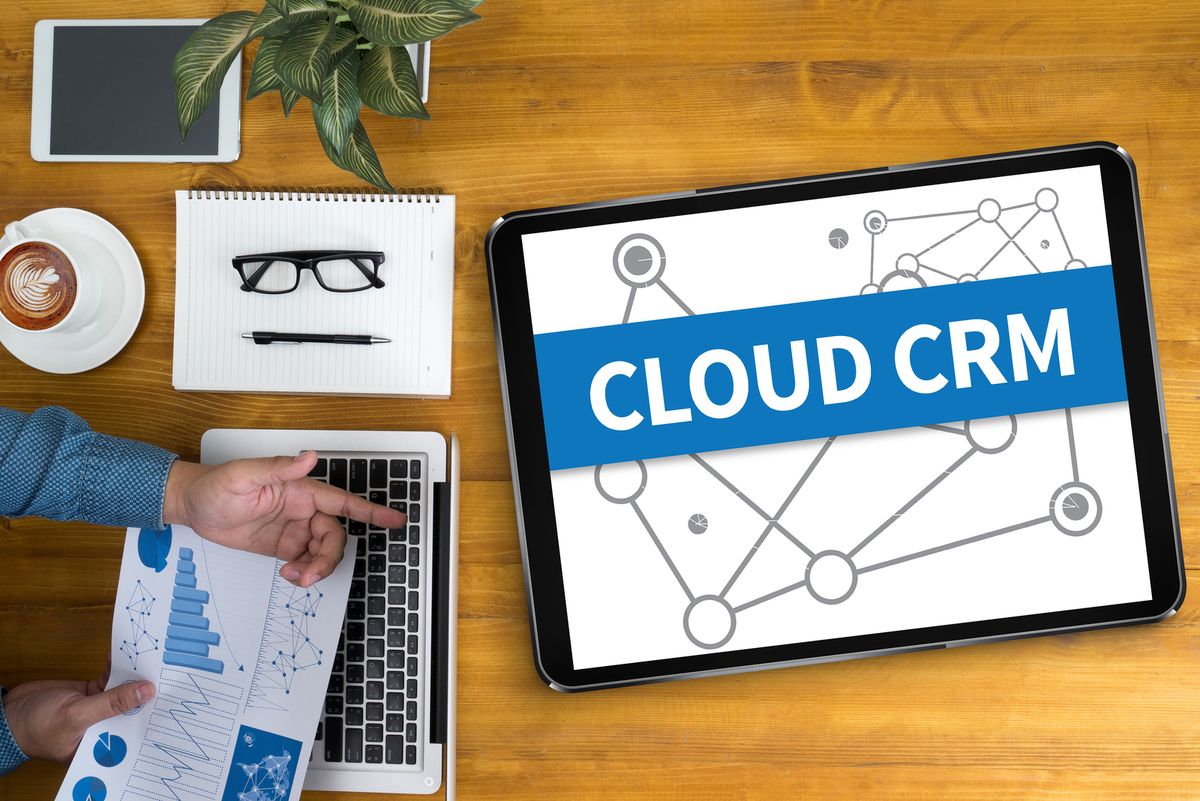In today's digital age, understanding how your brand performs against competitors is no longer just beneficial—it's essential for business growth. Social benchmarking provides the data-driven insights needed to transform competitor information into your strategic advantage, helping you make informed decisions that elevate your social media performance and overall market position.
Understanding social benchmarking and its business value
Social benchmarking is the systematic process of measuring your social media performance against competitors to identify strengths, weaknesses, and opportunities. This practice helps businesses set realistic goals, refine strategies, and gain competitive advantages by understanding industry standards and market positioning. According to recent findings, 92% of business leaders believe social media data and insights significantly improve competitive positioning.
Defining social benchmarking in the digital landscape
Social benchmarking in the digital landscape involves analyzing competitors' social media strategies, content performance, and audience engagement to establish performance standards. Unlike traditional market research that broadly examines customer needs, competitive benchmarking focuses specifically on quantitative data and measurable goals across social platforms. The process encompasses three main types: performance benchmarking (comparing metrics like engagement rates), strategic benchmarking (evaluating content strategies and business models), and process benchmarking (analyzing the effectiveness of social media workflows and methodologies).
Key metrics that matter in competitive social analysis
When conducting social benchmarking, focusing on the right metrics is crucial for meaningful insights. Rather than tracking vanity metrics alone, successful benchmarking examines engagement rate (interactions relative to follower count), content performance by format (carousels, videos, Reels), posting frequency and timing, follower growth rate, share of voice (brand mentions compared to competitors), and sentiment analysis (positive vs. negative brand perception). These metrics provide a comprehensive view of where your brand stands in the competitive landscape and reveal specific opportunities for improvement across platforms like Instagram, Facebook, LinkedIn, Twitter, TikTok, and YouTube.
Gathering and analyzing competitor social data
Social benchmarking has become a critical strategy for brands looking to gain competitive advantages in today's digital landscape. By systematically collecting and analyzing competitor data from social platforms, businesses can uncover valuable insights that drive strategic decisions and improve performance. Effective social benchmarking allows you to understand your market position, identify content trends, recognize what resonates with audiences, gauge sentiment, find differentiation opportunities, and refine your strategy based on concrete data.
Tools and techniques for effective social listening
Successful social benchmarking begins with implementing the right tools and techniques for gathering competitive intelligence. Several powerful platforms can streamline this process:
For comprehensive social listening and benchmarking, specialized tools like EmbedSocial excel at visual benchmarking and UGC-driven insights. Sprout Social offers enterprise-level reporting capabilities, while Hootsuite provides an integrated dashboard for management and monitoring. Rival IQ delivers robust competitive analysis and influencer analytics. For real-time monitoring, Mention offers social listening with alerts, and Meltwater specializes in global benchmarking and media intelligence.
When implementing social listening, start by identifying 3-5 direct or indirect competitors to track. Focus your efforts on platforms where both you and your competitors maintain an active presence, such as Instagram, Facebook, LinkedIn, TikTok, or YouTube. Define specific metrics that align with your business goals—follower growth rate, engagement rates, hashtag usage patterns, content type performance, and share of voice are particularly valuable.
Beyond just tracking metrics, qualitative research plays a crucial role in social listening. This includes reviewing competitor content formats, social carousels, reels, stories, and other shared media. Monitoring posting frequency, content formats, and audience interaction provides context for quantitative data.
When collecting data, avoid common pitfalls such as focusing solely on vanity metrics, ignoring qualitative insights, tracking too many competitors, failing to segment by platform, not acting on insights, or relying on manual tracking methods. The most effective social listening processes maintain a continuous benchmarking schedule rather than one-time analyses.
Creating meaningful data comparison frameworks
Transforming raw social data into actionable insights requires structured comparison frameworks. Start by establishing clear objectives for your benchmarking efforts—whether that's increasing Instagram engagement by 15% over three months or improving your share of voice within a specific market segment.
A comprehensive framework should include various benchmarking types: performance benchmarking (comparing quantitative metrics), strategic benchmarking (evaluating content strategies and planning approaches), and process benchmarking (analyzing workflow effectiveness).
Select appropriate KPIs based on your business goals. These might include brand awareness metrics, engagement statistics, content performance data, or customer experience ratings. Group these metrics into meaningful categories such as DX3 metrics (Emotion measured by CSAT, Effort measured by CES, and Success measured by task completion) to create a more structured analysis framework.
When building your comparison framework, incorporate different data sources: industry reports for broader context, social analytics tools for platform-specific data, social listening tools for sentiment analysis, and marketing intelligence tools for competitive positioning.
For effective data comparison, segment your analysis by platform, as performance standards vary significantly across social networks. Track engagement rates by industry and country to establish relevant benchmarks. Compare content performance across different formats (carousels, images, videos) and analyze engagement by content pillars to identify thematic strengths.
After collecting and organizing data, develop a competitor mapping process that contextualizes your benchmark data and helps identify concrete next steps aligned with organizational goals. This mapping should reveal both gaps where competitors outperform you and opportunities where you can establish competitive advantages.
Ultimately, your data comparison framework should drive action across multiple areas: refining content strategy, optimizing ad spend, improving customer experience, and establishing realistic growth targets based on market trends. By maintaining a structured, ongoing benchmarking process focused on actionable insights rather than merely collecting data, you can transform competitor information into tangible competitive advantages that drive your brand's social media success.
Leveraging benchmarking data for enhanced market positioning
Social benchmarking has become an essential strategy for businesses looking to gain a competitive edge in today's digital landscape. By systematically analyzing competitor performance metrics and market data, organizations can transform insights into actionable strategies that drive growth and enhance market positioning.
Competitive benchmarking involves more than just keeping an eye on rivals—it's a structured approach to understanding industry standards, identifying performance gaps, and discovering opportunities for differentiation. With 92% of leaders confirming that social media data helps improve competitive positioning, the value of this approach cannot be overstated.
Translating competitive insights into distinctive brand advantages
The first step in effective benchmarking is selecting the right competitors to analyze—typically 3-5 direct or indirect competitors who share your target audience. Focus on platforms where both you and your competitors maintain an active presence, whether that's Instagram, Facebook, LinkedIn, TikTok, or others.
When collecting benchmarking data, focus on metrics that align with your business goals:
• Follower growth rate to gauge audience expansion
• Engagement rates across different platforms
• Content performance by format (carousels, videos, images)
• Posting frequency and timing patterns
• Share of voice in your industry conversation
• Sentiment analysis to understand audience perception
The real value comes from translating these insights into distinctive advantages. For instance, if data shows competitors posting frequently but with low engagement, you might focus on creating higher-quality content at a more strategic cadence. This approach turns a competitive gap into a brand differentiator.
Tools like Sprout Social, Hootsuite, and Rival IQ can streamline this process by providing comprehensive analytics dashboards that make competitive comparisons more accessible and actionable. These platforms help identify trends, track KPIs, and visualize performance relative to industry benchmarks.
Building sustainable growth through strategic differentiation
Strategic differentiation begins with understanding your position in the marketplace. Performance benchmarking helps quantify where you stand, while strategic benchmarking examines the underlying business models and approaches that drive success.
The DX3 metrics methodology provides a valuable framework for digital experience benchmarking, measuring three critical aspects:
• Emotion (customer satisfaction scores)
• Effort (how easy it is for customers to interact with your brand)
• Success (task completion rates)
Research shows that improving customer satisfaction can increase customer spend by up to 37%, while decreasing customer effort can boost spending by up to 23%. These metrics provide concrete targets for differentiation strategies.
Sustainable growth comes from applying benchmarking insights to multiple areas of your business:
• Content strategy: Refine your content mix based on what resonates with your audience versus competitors
• Posting strategy: Optimize frequency and timing based on engagement patterns
• Customer experience: Identify pain points where competitors fall short and create superior alternatives
• Brand positioning: Locate gaps in competitor offerings that represent market opportunities
Avoid common benchmarking pitfalls by steering clear of vanity metrics, outdated data, and tracking too many competitors simultaneously. The most effective benchmarking programs maintain a continuous cycle of data collection, analysis, implementation, and measurement.
Strategic differentiation isn't about copying successful competitors—it's about finding the gaps in their approaches and capitalizing on them. For example, a DTC skincare brand might discover through benchmarking that competitors focus on product features while neglecting educational content about skin health, creating an opportunity to position themselves as industry experts.
By transforming competitive insights into strategic advantages, businesses can build sustainable growth models that respond to market needs while maintaining a distinct brand identity. The goal isn't just to match industry standards but to set new ones that align with your unique value proposition and customer expectations.





















